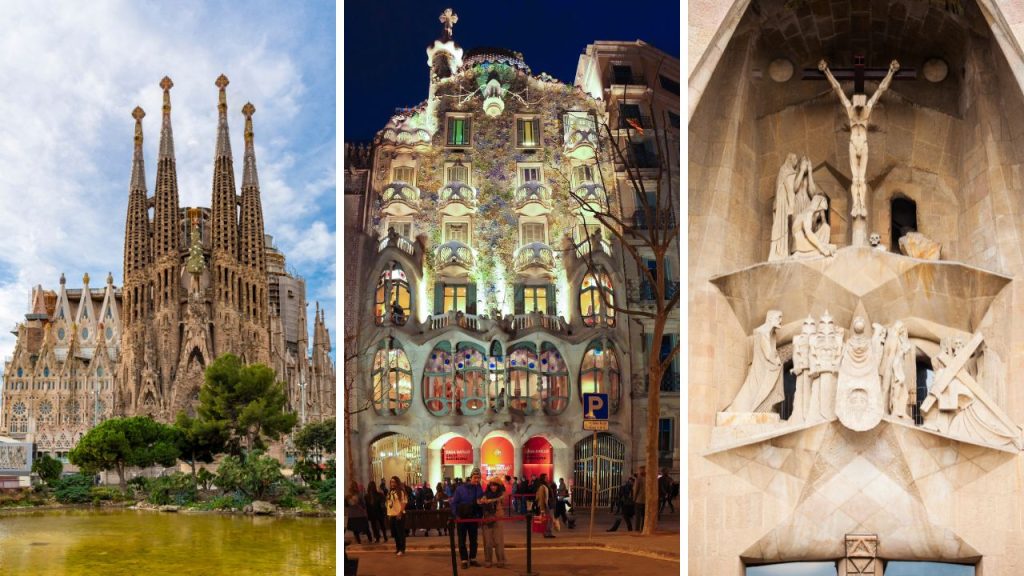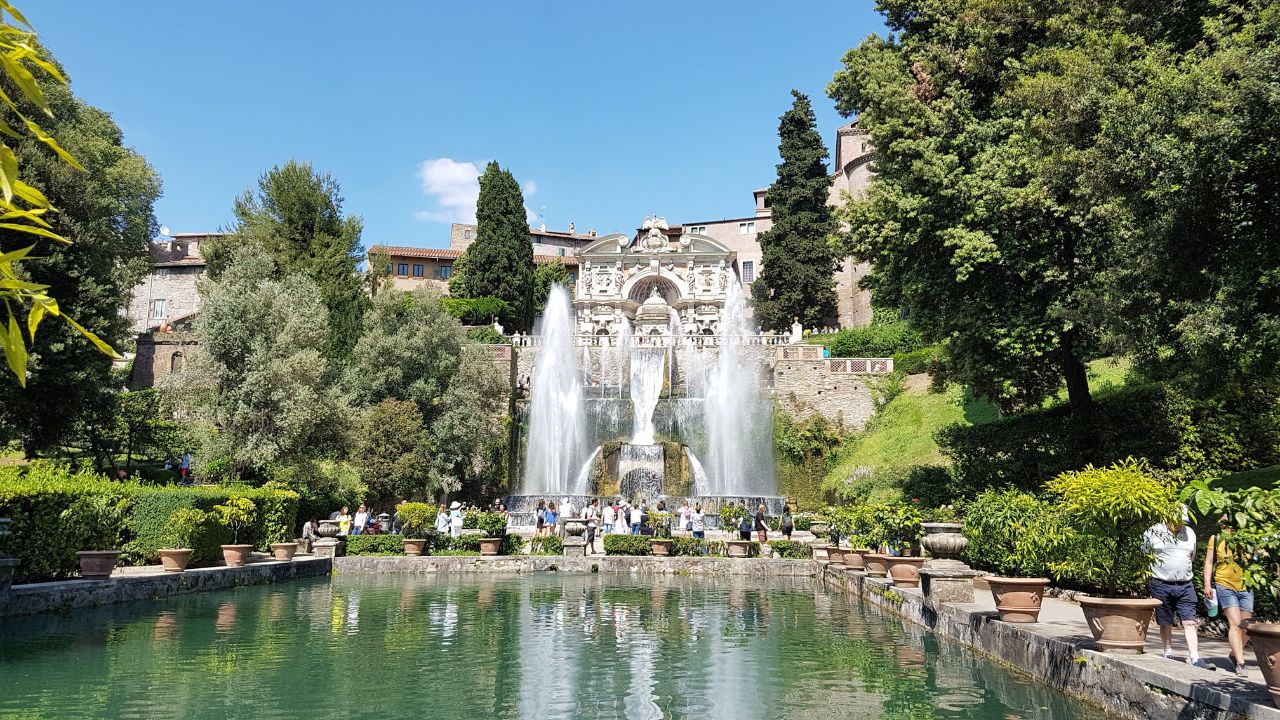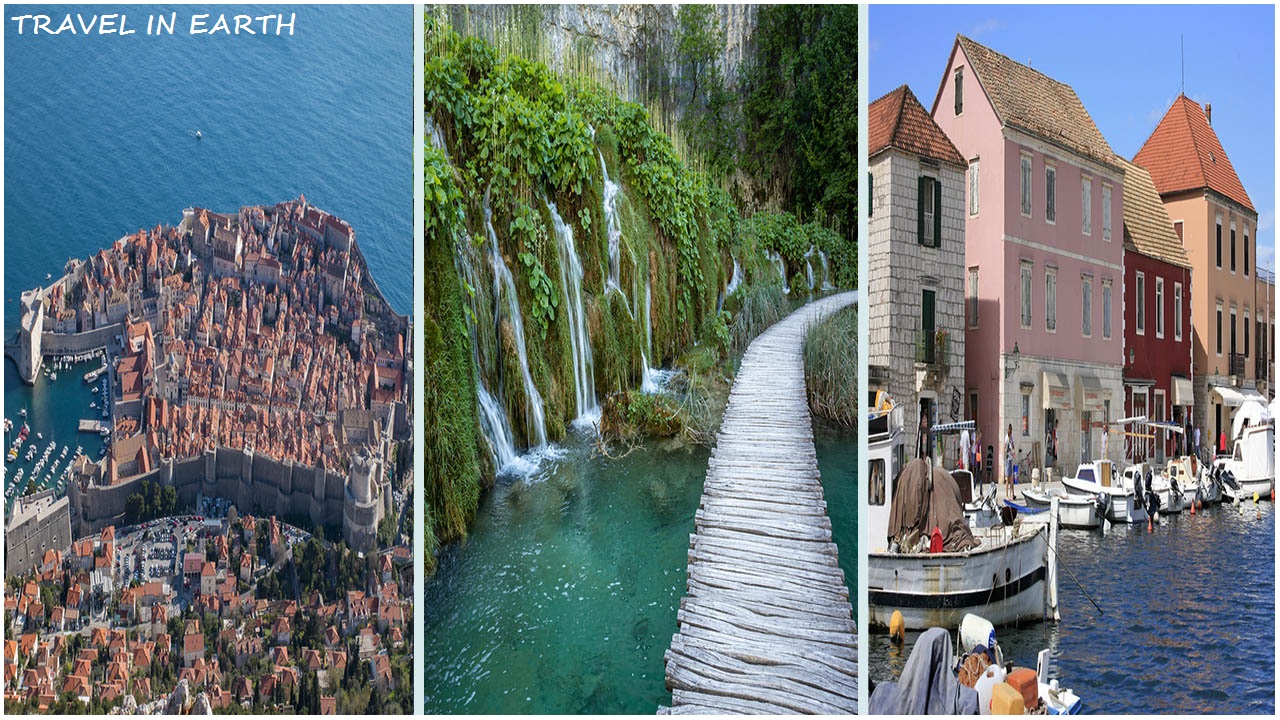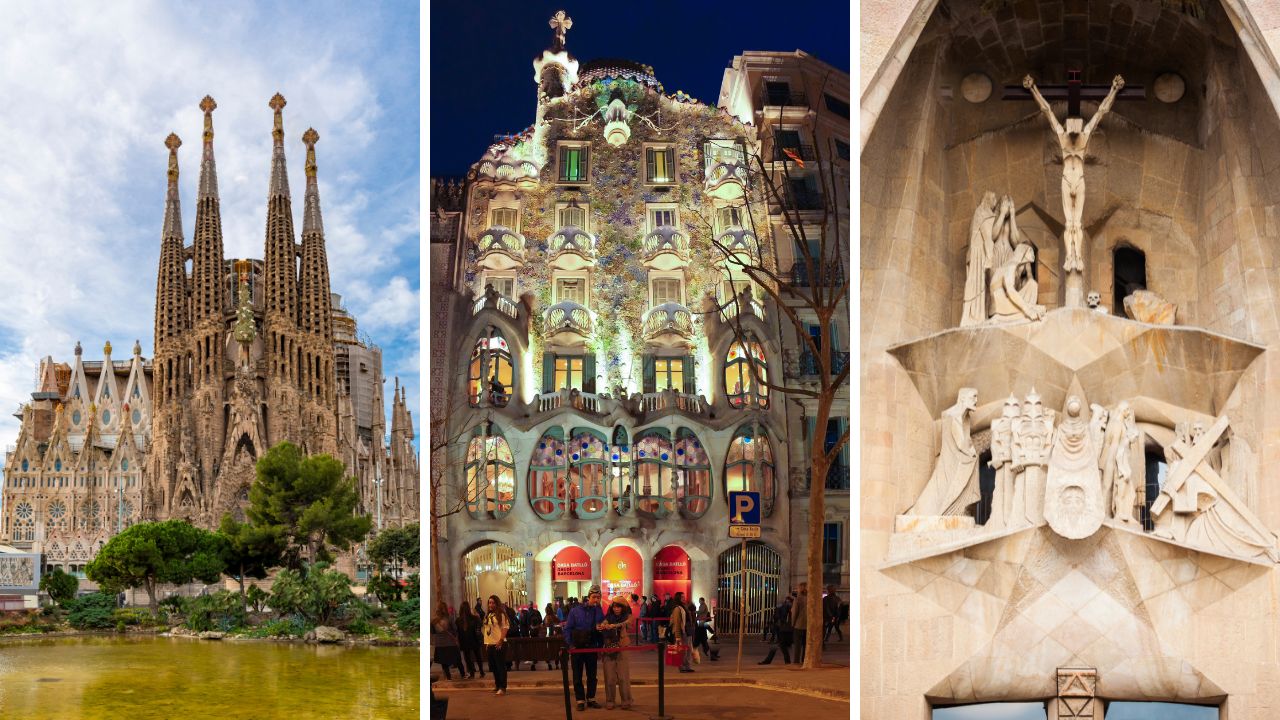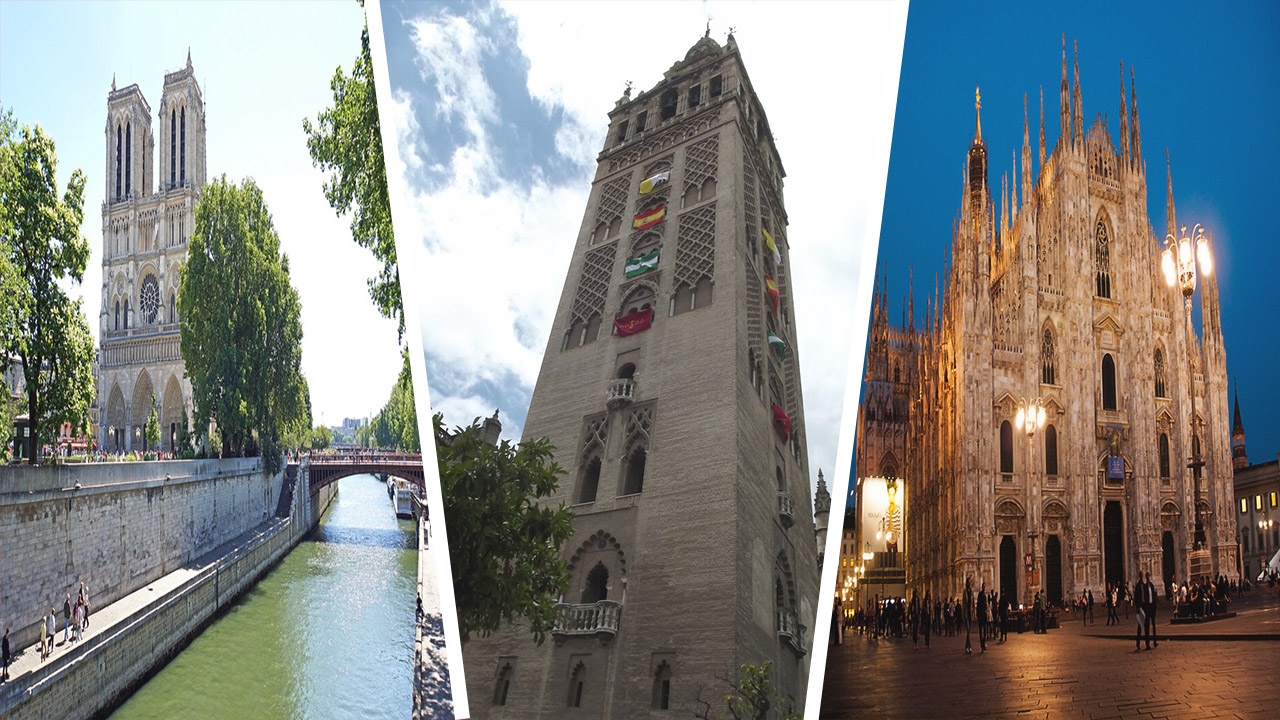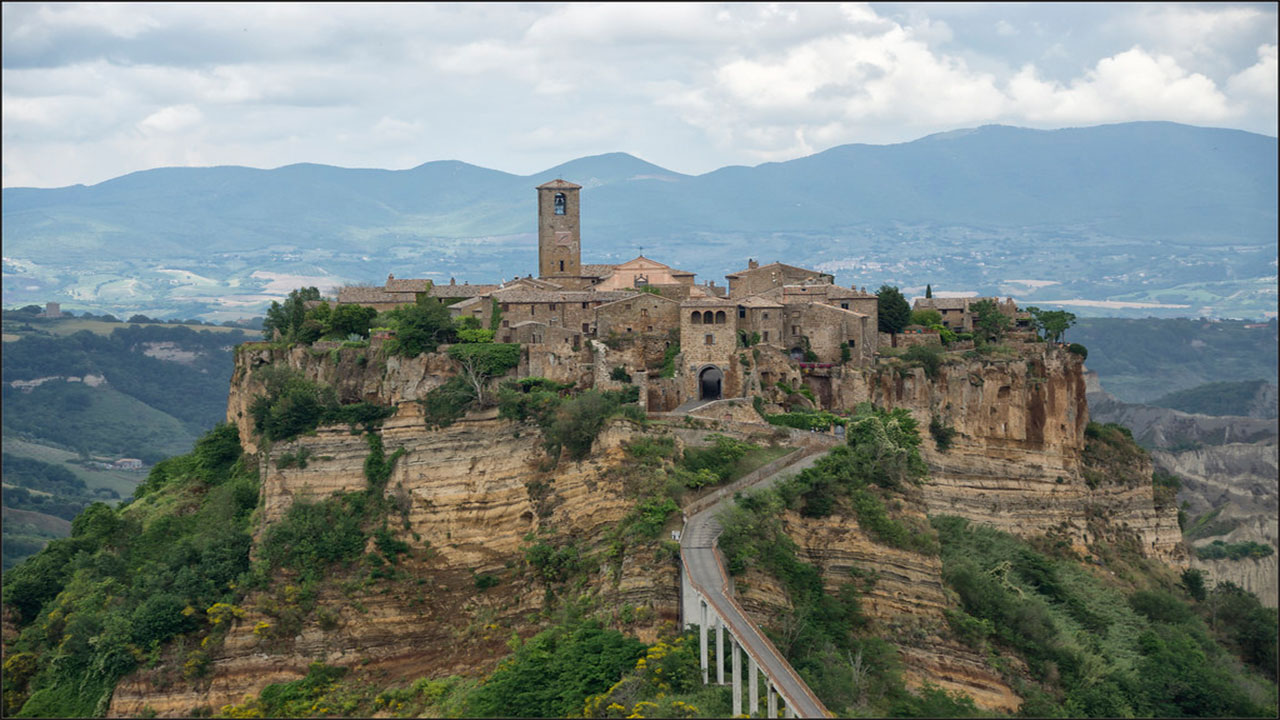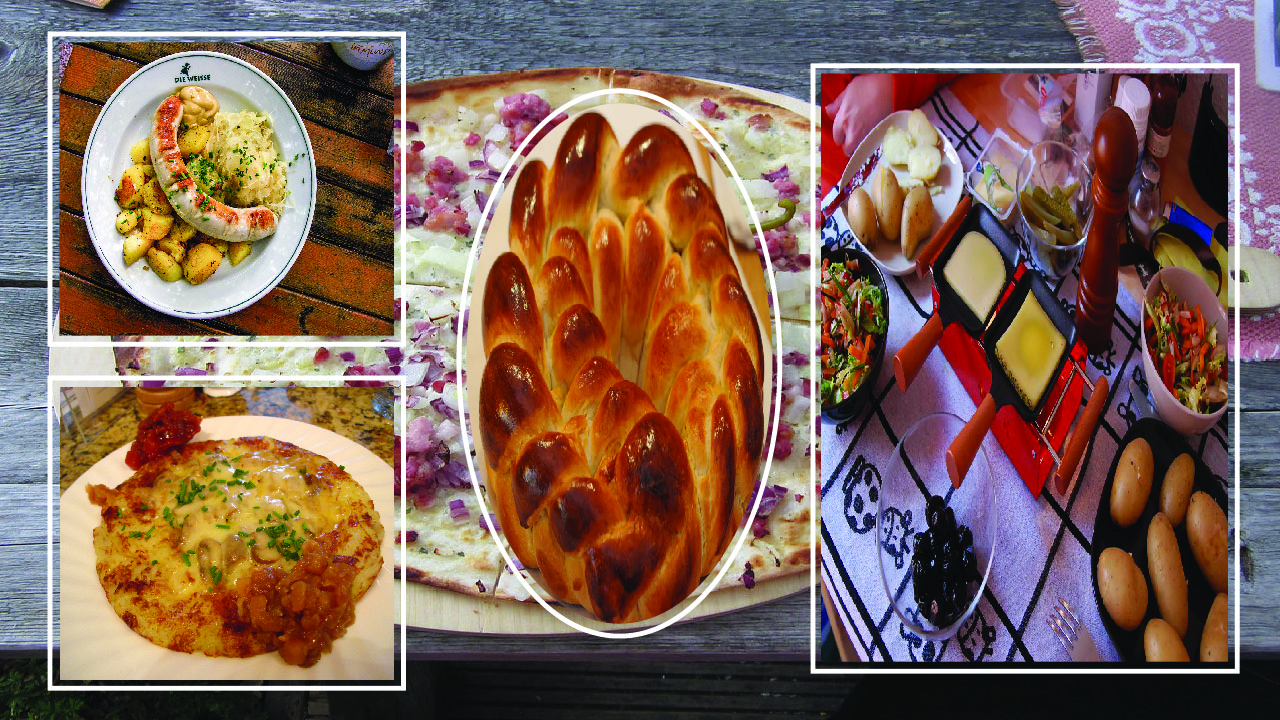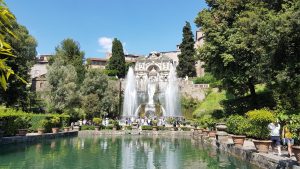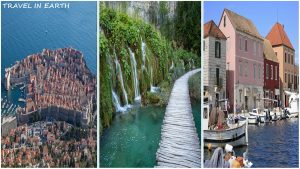Barcelona, a city rich in history and culture, is renowned for its unique architectural wonders and historical landmarks. From Gothic cathedrals to modernist masterpieces, the city offers a diverse array of sites that showcase its vibrant past and artistic heritage.
In this guide, We explore the 20 most famous historical places to visit in Barcelona, each with its own fascinating story and significance.
20 Most Significant Historical Sites that Showcase Barcelona
As one of Europe’s most beloved cities, Barcelona captivates visitors with its unique blend of old and new. Stepping into Barcelona is like stepping into a living museum, where every corner holds a piece of history. This comprehensive guide explores the most significant historical sites that showcase Barcelona’s rich cultural heritage spanning over 2,000 years.
1. Sagrada Familia
The Crown Jewel of Barcelona
Antoni Gaudí’s unfinished masterpiece, the Sagrada Familia, stands as Barcelona’s most iconic landmark. Construction began in 1882 and continues to this day, with an expected completion date in 2026. This UNESCO World Heritage site combines Gothic and Art Nouveau forms in a unique, nature-inspired design.
Key Features:
- 18 spires representing the Twelve Apostles, Four Evangelists, Virgin Mary, and Jesus Christ
- Three distinctive facades: Nativity, Passion, and Glory
- Intricate biblical symbolism throughout the architecture
- The interior features columns resembling forests and breathtaking stained glass windows.
Visitor Information:
- Location: Carrer de Mallorca, 401
- Opening hours: 9:00 AM-6:00 PM (varies by season)
- Advanced booking is highly recommended.
- Audio guides are available in multiple languages.
2. Park Güell
A modernist paradise
Originally conceived as a luxury housing development, Park Güell became one of Gaudí’s most playful and imaginative creations. This 17-hectare park combines natural elements with architectural innovation, creating a whimsical landscape that attracts millions of visitors annually.
Notable Elements:
- The iconic salamander statue (“El Drac”)
- Colorful mosaics decorate the serpentine bench.
- The Hypostyle Room boasts 86 columns.
- The Gaud House Museum now houses Gaud’s former residence.
3. Casa Batlló
The house of bones
This masterpiece of modernist architecture was redesigned by Gaudí in 1904. The building’s facade features skeletal organic qualities, earning it the local nickname “Casa dels Ossos” (House of Bones).
Architectural Highlights:
- The colorful mosaic facade is made from broken ceramic tiles.
- The roof, scale-like and undulating, resembles the back of a dragon.
- Skull-like balconies and bone-like columns
- The natural light wells feature graduated blue tiles.
4. Gothic Quarter (Barri Gòtic)
The Heart of Old Barcelona
The Gothic Quarter represents the oldest part of Barcelona, with some sections dating back to medieval times and even the Roman period. Its narrow, winding streets and hidden squares offer a journey through centuries of history.
Key Areas:
- Plaça Reial
- Jewish Quarter (El Call)
- Roman walls and gates
- Medieval palaces and churches
5. Barcelona Cathedral
La Seu
The Barcelona Cathedral, officially the Cathedral of the Holy Cross and Saint Eulalia, represents the finest example of Catalan Gothic architecture. Built between the 13th and 15th centuries, it serves as the seat of the Archbishop of Barcelona.
Notable Features:
- 28 side chapels
- Cloister with 13 white geese.
- Choir stalls with knights’ coats of arms
- Crypt of Saint Eulalia
6. Casa Milà (La Pedrera)
The Stone Quarry
Built between 1906 and 1912, Casa Milà is another masterpiece by Gaudun. Its undulating stone facade and twisted iron balconies make it one of the most remarkable examples of civic architecture in Barcelona.
Distinctive Elements:
- Rippling stone facade
- Innovative self-supporting stone front
- Spectacular roof terrace with warrior-like chimneys
- Original-period apartments
7. Temple of Augustus
Roman Heritage
Hidden in the medieval quarter, the Temple of Augustus’s remaining columns stand as testimony to Barcelona’s Roman past. Built in the 1st century BC, it represents the oldest historical structure in the city.
Historical Significance:
- The original Roman temple was dedicated to Emperor Augustus.
- A medieval building preserves four remaining columns.
- Evidence of Roman Barcelona (Barcino)
- Center of the Roman Forum
8. Santa Maria del Mar
The Cathedral of the Sea
This pure Gothic church, built between 1329 and 1383, represents the finest example of Catalan Gothic architecture. Its perfect proportions and unity of style make it unique among medieval churches.
Architectural Features:
- Three naves of equal height
- Octagonal towers
- A large rose window
- Stunning stained glass
9. Palau de la Música Catalana
A Modernist Concert Hall
Built between 1905 and 1908 by architect Lluís Domènech i Montaner, this concert hall stands as one of the most beautiful music venues in the world. Its innovative use of natural light and floral motifs creates an extraordinary atmosphere.
Notable Elements:
- Spectacular stained-glass skylight
- Elaborate sculpture work.
- Ornate Concert Hall
- Detailed mosaics
10. Hospital de Sant Pau
Art Nouveau Healthcare
This former hospital complex, designed by Lluís Domènech i Montaner, represents the largest Art Nouveau site in the world. Its innovative design combined functionality with beautiful artistic elements.
Key Features:
- Underground tunnels connecting pavilions
- Decorative tiles and sculptures
- Gardens and healing spaces
- Modernist architecture
11. Arc de Triomf
Gateway to Modern Barcelona
Built as the main entrance for the 1888 Barcelona World Fair, this distinctive red brick arch serves as one of the city’s most recognizable monuments.
Historical Context:
- Designed by an architect. Josep Vilaseca
- Unique Mudéjar style.
- Symbolic sculptures and reliefs
- Gateway to Ciutadella Park
12. Palau Güell
Early Gaudí Masterpiece
Built for industrial tycoon Eusebi Güell between 1886 and 1888, this mansion represents one of Gaudun’s earliest works. It showcases many elements that would later become hallmarks of Gaudí’s style.
Notable Features:
- Innovative ventilation system
- Distinctive chimneys on the roof
- Parabolic arch entrance.
- Original furniture designed by Gaudí
13. Sant Pau del Camp
Romanesque Treasure
The oldest church in Barcelona, Sant Pau del Camp, dates from the 10th century and represents one of the finest examples of Romanesque architecture in Catalonia.
Historical Elements:
- Unique horseshoe arches
- Medieval cloister
- Ancient tombs
- Original Romanesque sculptures
14. Columbus Monument
Maritime History
Standing at the end of La Rambla, this 60-meter-tall monument commemorates Christopher Columbus’s first voyage to the Americas. Built for the 1888 Universal Exhibition, it marks the spot where Columbus reported to Queen Isabella and King Ferdinand.
Features:
- A bronze statue of Columbus
- Panoramic viewing platform
- Historical reliefs
- Maritime symbolism
15. Santa Maria del Pi
Gothic Simplicity
This 14th-century church represents the austere side of Gothic architecture. Its massive rose window is one of the largest in the world.
Architectural Elements:
- 54-meter-high octagonal bell tower
- Enormous rose window
- A single nave design
- Gothic side chapels
16. Palace of the Generalitat
Seat of Government
This historic building has served as the seat of Catalan government since medieval times. It combines Gothic and Renaissance architectural elements.
Notable Features:
- Gothic facade
- Renaissance courtyard
- Historical chambers
- Contemporary political significance
17. Sant Felip Neri Square
Hidden History
This secluded square holds both beauty and tragic history, with its baroque church walls still bearing scars from the Spanish Civil War bombing.
Historical Significance:
- Baroque church
- War damage marks
- Medieval guild houses
- Peaceful atmosphere
18. Royal Shipyards (Drassanes Reials)
Medieval Maritime Museum
The Maritime Museum of Barcelona currently resides in the world’s largest and most comprehensive medieval shipyard.
Key Features:
- Gothic architecture
- Medieval ship construction
- Maritime exhibits
- Original structure
19. Casa Amatller
Modernist Neighbor
Josep Puig i Cadafalch designed this modernist building next to Casa Batlló, combining Gothic and modernist elements.
Architectural Highlights:
- Germanic-inspired facade
- Elaborate sculptural decoration
- Original interior design
- Chocolate-making history
20. Els Quatre Gats
Modernist Cafe
This historic cafe served as a meeting point for artists like Pablo Picasso and became a center of Barcelona’s modernist movement.
Historical Significance:
- Art Nouveau design
- Literary and artistic heritage
- Original interior
- Cultural gathering place
Practical Information for Visitors
Best Time to Visit
- Spring (March to May) and Fall (September to November) offer ideal weather.
- Early morning visits help avoid crowds.
- Many sites offer evening visits with different ambiances.
Transportation Tips
- The Metro system connects most historical sites.
- Barcelona Card provides public transport and museum access.
- Walking tours are available for concentrated areas.
- Bike rentals offer flexible exploration.
Money-Saving Tips
- Purchase combination tickets for multiple Gaudí sites.
- Free museum days typically occur on the first Sunday of every month.
- Barcelona Card for multiple attraction access
- Online booking discounts
Conclusion
Barcelona’s historical places offer visitors an unparalleled journey through architectural innovation and cultural heritage. From Roman temples to modernist masterpieces, each site tells a unique story of the city’s evolution.
While the famous works of Gaudí dominate the landscape, the city’s medieval churches, ancient ruins, and historic neighborhoods provide a complete picture of Barcelona’s rich history. Whether you’re an architecture enthusiast, history buff, or cultural explorer, these 20 sites represent the essential historical experiences in Barcelona.

